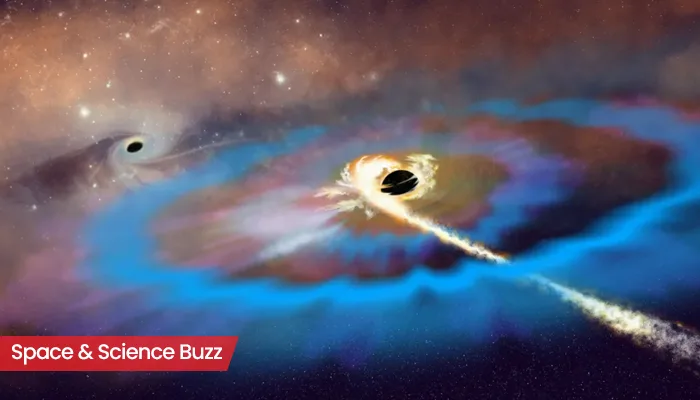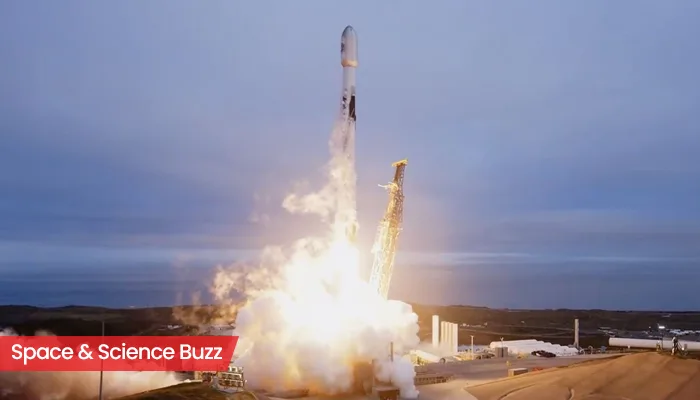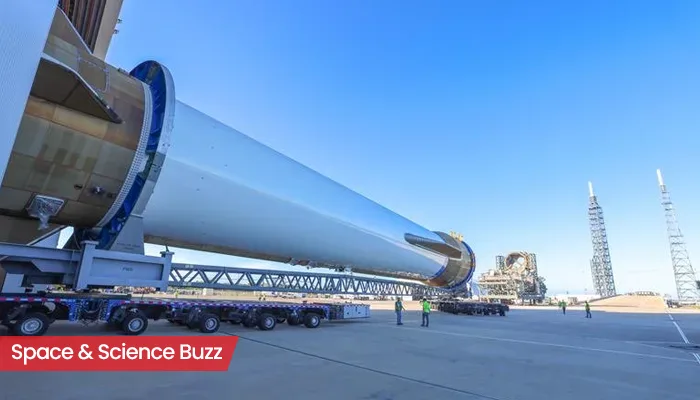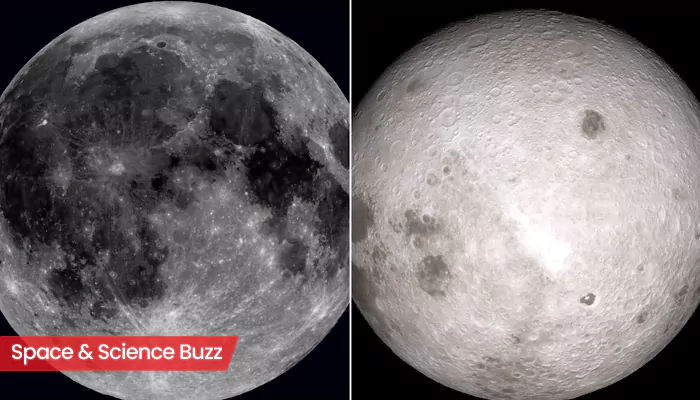
Here are today’s most important updates from the realm of Science and Space.
Pixxel’s Breakthrough: Pioneering India’s First Private Satellite Constellation
India's Pixxel is set to launch three of its six hyperspectral imaging satellites aboard a SpaceX rocket from California on Tuesday. This is the “first such network in the country's nascent private space sector,” Pixxel's chief told. The satellites will be placed in a sun-synchronous orbit at roughly 550 km, with the remaining three slated for deployment in the second quarter of the year. Pixxel's founder and chief executive Awais Ahmed told that it plans to add 18 more spacecraft to the six it has already developed, eyeing a share of the satellite imaging market projected to reach $19 billion by 2029. It aims to use hyperspectral imaging -- a technology that captures highly detailed data across hundreds of light bands -- to serve industries such as agriculture, mining, environmental monitoring, and defence.
PlanetVac: NASA’s Space Vacuum Redefines Soil Collection in Seconds
A technology demonstration being delivered to the @NASAMoon as part of @NASA’s CLPS initiative could change how teams collect and study soil and rock samples on other planetary bodies.
— NASA Marshall (@NASA_Marshall) January 8, 2025
Read more about this lunar vacuum cleaner, known as Lunar PlanetVac >> https://t.co/MwIuVMmQxC pic.twitter.com/6q88TOguYU
(Credit - X/@NASA_Marshall)
The National Aeronautics and Space Administration (NASA) is introducing a groundbreaking technology, the Lunar PlanetVac (LPV), which will change how scientists collect and study soil and rock samples on the Moon and other planets. Developed by Honeybee Robotics, a Blue Origin company, LPV operates like a high-tech vacuum cleaner. It uses pressurised gas to stir up lunar soil, creating a mini-tornado that funnels the material into a sample container. This system, secured to Firefly Aerospace's Blue Ghost 1 lunar lander, will autonomously collect and analyse data to be sent back to Earth. The technology also supports in situ testing, enabling researchers to evaluate the composition of lunar materials on the spot.
Oceans on Fire: 2024’s Marine Heat Sets the Stage for Global Havoc
🌊 In 2024, the annual average sea surface temperature outside of the polar regions was the warmest on record.
— Copernicus ECMWF (@CopernicusECMWF) January 13, 2025
🌡️ The average extra-polar SST was 20.87°C, 0.51°C above the 1991–2020 average.
▶️ All details, charts and data in the #GCH2024 report: https://t.co/s3JeRk0snO pic.twitter.com/rvT3640EMr
(Credit - X/@CopernicusECMWF)
The ocean reached its highest recorded temperatures in 2024, not only at the surface but also extending to the upper 2000 meters, marking a significant milestone in climate science. The ocean plays a crucial role in regulating the planet’s climate, absorbing approximately 90% of the excess heat generated by global warming. Covering 70% of the Earth's surface, it influences weather patterns by transferring heat and moisture into the atmosphere. These temperature changes are not merely numbers; they have real-world consequences. Increased ocean temperatures contribute to extreme weather events such as hurricanes, floods, and droughts.
Step Back in Time: 'Dinosaur Highway' Unearthed in the UK
Hundreds of dinosaur footprints dating back to the middle Jurassic era have been uncovered in England https://t.co/lcP2b6wDsU pic.twitter.com/tXpPo66NLy
— Reuters (@Reuters) January 2, 2025
(Credit - X/@Reuters)
A network of nearly 200 dinosaur footprints, dating back to the Middle Jurassic period, has been found at a quarry in Oxfordshire, marking the largest discovery of its kind in the United Kingdom. The trackways, believed to be around 166 million years old, were uncovered at Dewars Farm Quarry by researchers from the Universities of Oxford and Birmingham. They are part of a vast "dinosaur highway" and feature footprints from the 9-metre-long, fierce predator Megalosaurus and herbivorous dinosaurs that were up to twice its size, according to a news release by the University of Birmingham. Using aerial drone photography, researchers captured over 20,000 images of the site, which will be used to create detailed 3D models of the footprints.

.webp)





.webp)


.webp)
.webp)
